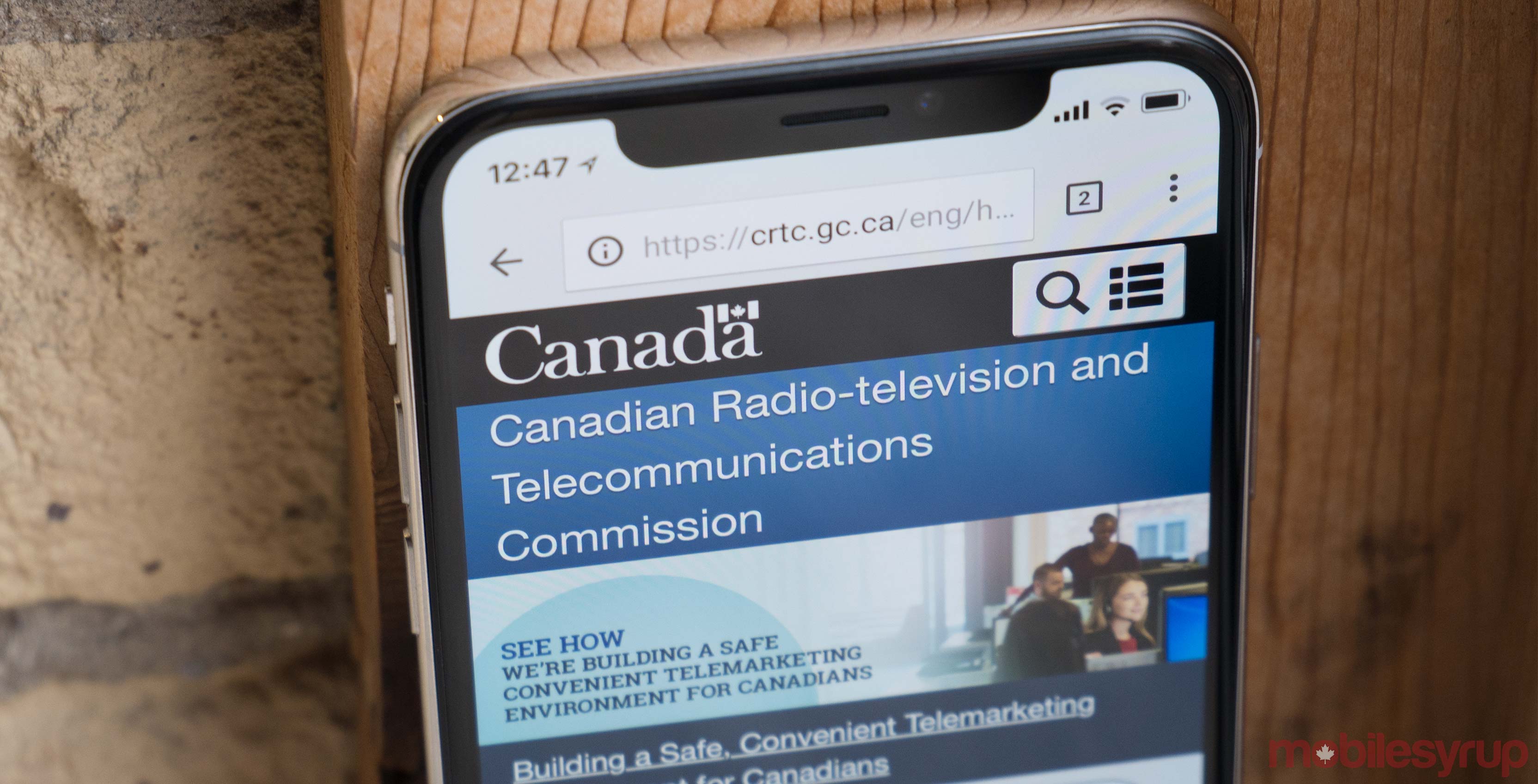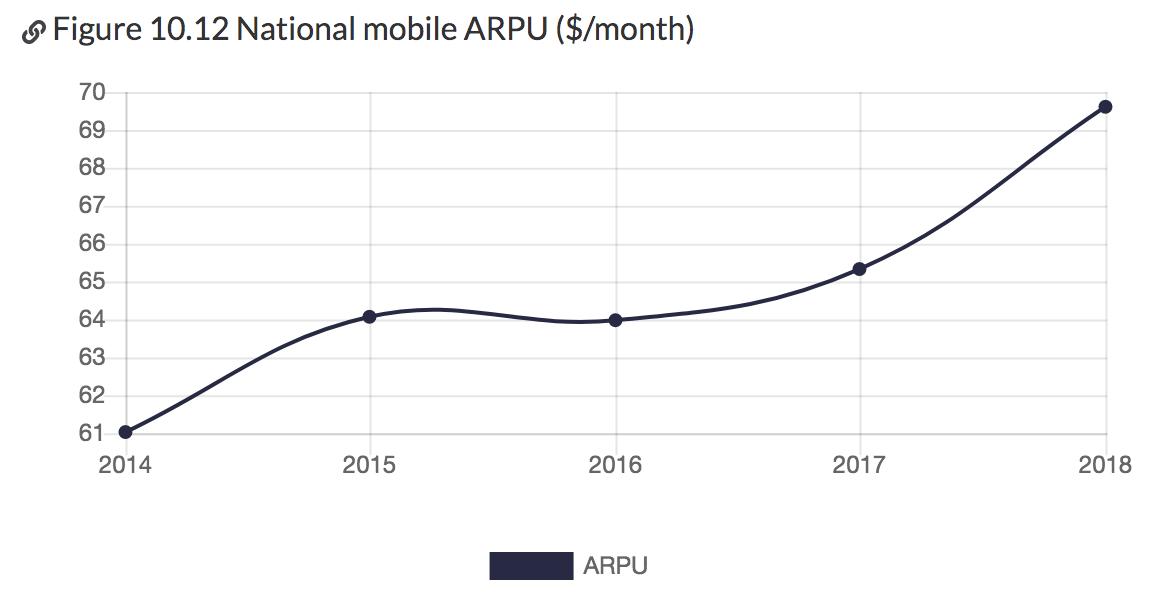
Mobile coverage reached 99.5 percent of the Canadian population in 2018, according to the CRTC’s 2018 Communications Monitoring report.
LTE-Advanced, or LTE-A, coverage in Canada reached 94.9 percent of the population in 2018 compared to the 92 percent in 2017. The availability of LTE and LTE-A results in faster download and upload speeds and lower latency.
In 2018, mobile subscribers increased by 4.8 percent from the past year to 33.2 million and the average revenue per user (ARPU) increased by 6.6 percent to $69.61. Alberta was the province with the highest ARPU at $77.74 while Quebec had the lowest at $59.53.
Total retail mobile revenues reached $27.1 billion, which was a 10.7 percent increase from 2017.
“In 2018, approximately 95% of mobile revenues were derived from postpaid plans and almost all data plans were postpaid,” the report states.
The Big Three (Bell, Rogers and Telus) and their flanker brands accounted for 90.7 percent of the revenue market share, while other providers made up 9.3 percent of the market share. Although the Big Three lost one percent of total revenue market share from 2014 to 2018, they were able to retain nearly 91 percent through acquisitions and internal growth.
“At the national level, the Top 3 continued to hold the majority (89.2 percent) of the subscriber market share, while their competitors divided the remainder (10.8 percent); however, there were regional differences,” the report reads.
The Big Three held the majority share in all provinces except for Saskatchewan, where the other service providers held 60 percent of the market share.
The average revenue per 1GB of data was $12.42 per month in 2018, while it was $16.80 in 2017. With the push for lower cellphone bills, it will be interesting to revisit this number when the statistics for 2019 are released next year.
Additionally, the demand for mobile data services continued to grow in 2018 with 40 percent of data subscribers having a plan with five or more gigabytes of data compared to the 31 percent in 2017.
The report also includes statistics regarding the radio, television and broadcasting sectors in Canada.
The methodology behind the report involves looking at Canadians’ media technology use at two points in time to monitor changes in media penetration and use over the year.
Image credit: Canadian Radio-television and Telecommunications Review
Source: Canadian Radio-television and Telecommunications Review
MobileSyrup may earn a commission from purchases made via our links, which helps fund the journalism we provide free on our website. These links do not influence our editorial content. Support us here.



